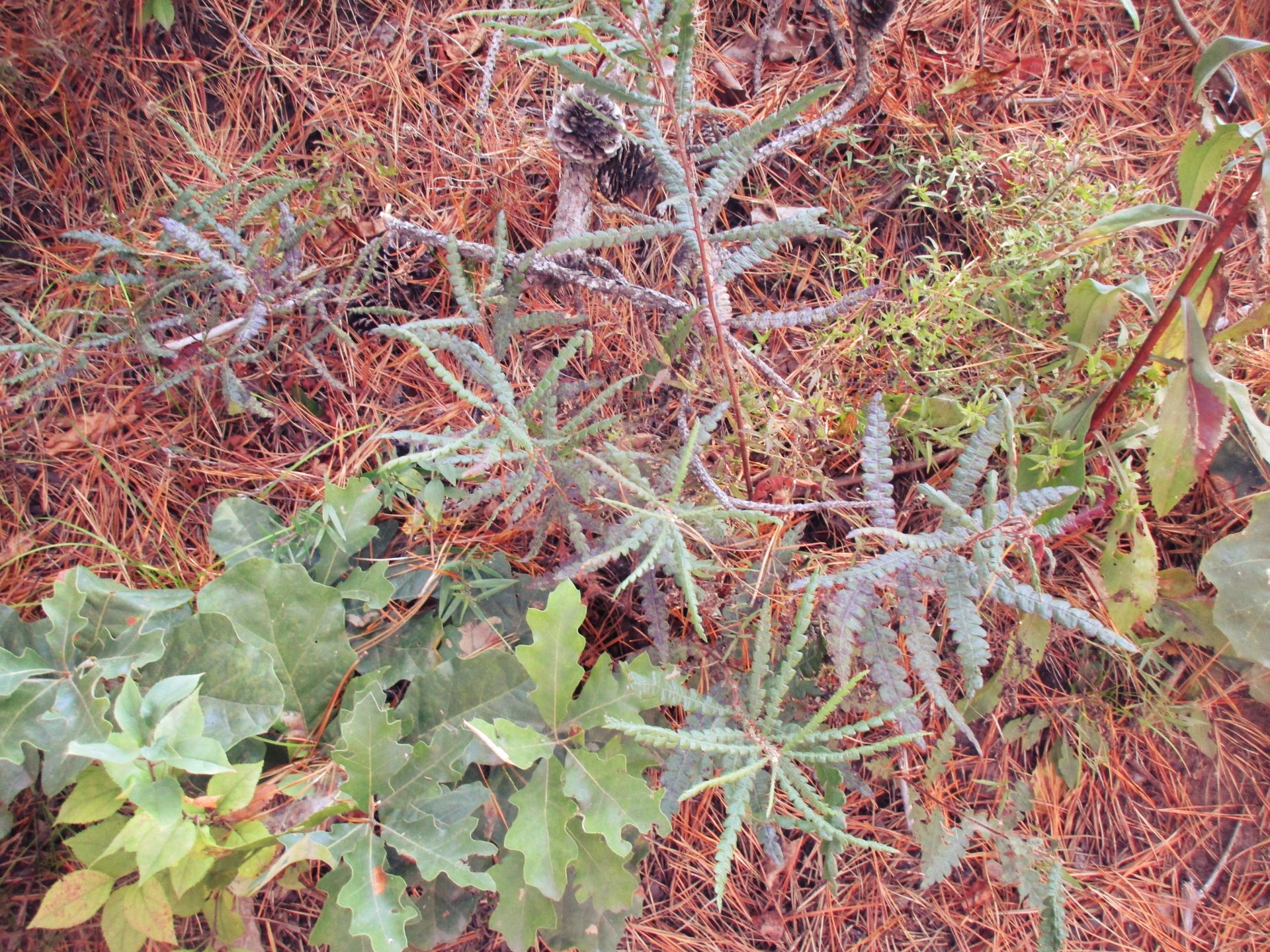Albany: More than 20 years of habitat restoration and breeding programs have helped the endangered Karner blue butterfly make a comeback in the Capital Region pine barrens where it was discovered by Russian author Vladimir Nabokov decades ago.
“This project has been unbelievably rewarding,” said Neil Gifford, conservation director for the 3,200-acre Albany Pine Bush Preserve. “Getting to see an animal that was on the brink of extinction locally now have a robust and healthy population is just incredible.”
“The population over the last 15 years has declined to the point where we’re pretty concerned that it’s been lost from this area,” said Ralph Grundel, a biologist with the U.S. Geological Survey in Porter, Indiana. The reasons are elusive.
According to the U.S. Fish and Wildlife Service, the Karner blue has declined by 99 percent over the past 100 years, with 90 percent of the decline occurring in the last 15. Among the reasons are habitat loss from land development and suppression of the wildfires that are a necessary part of the ecology of the pine barren and black oak savanna where the insects live.
Recovery efforts focus on restoring the original pine barrens ecology by removing non-native trees such as black locust, burning the landscape to destroy invasive plants and help fire-dependent species like pitch pine and scrub oak, and planting plenty of blue lupine, the only plant Karner blue larvae eat.
Scientists have also partnered with New Hampshire officials in a captive breeding program since 2001. New York sends adult Karner blues to New Hampshire each spring, and New Hampshire returns some of the pupating larvae back to Albany to be hatched and released.
Butterflies have been released at 21 sites and have naturally colonized other sites in the preserve. The number of Karner blues has gone from about 200 in 1991 to more than 14,000 now, Gifford said.
The federal threshold for recovery is a population above 3,000 in four of five consecutive years. Gifford said the recovery goal is likely to be met next year.
Published in September/October 2015 Save the Pine Bush Newsletter
